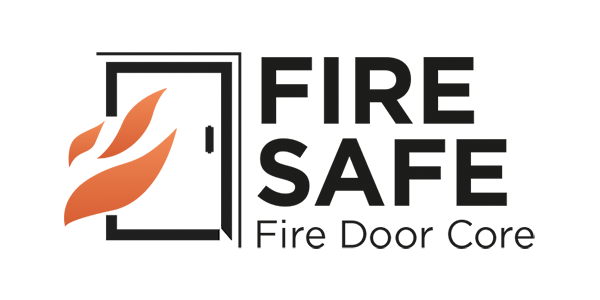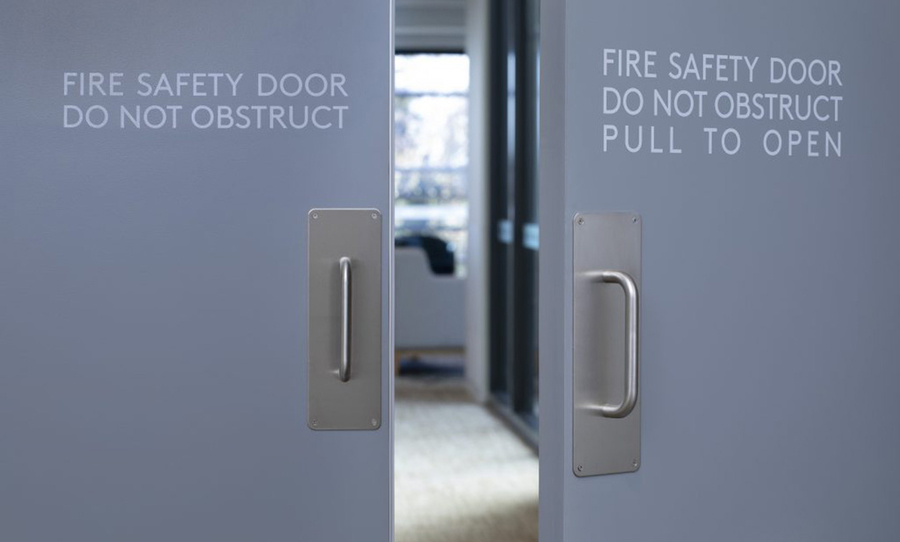Sliding Fire Doors vs Traditional Swinging Doors
Choosing the right fire doors for your building projects plays a critical role in ensuring optimum safety. Both sliding and swinging fire doors can be viable options, depending on their purpose and functionality in a given space.
There are many different variations of fire doors on the market. However, despite their differences, all certified, tested and regulation-compliant fire doors are designed with one common goal in mind – offering protection in the event of a fire emergency by preventing the spread of flames and smoke, for a stipulated period of time, depending on the door’s Fire Resistance Level (FRL).
Choosing the right doors for your building projects is dependent on a number of factors, including the size and purpose of the internal space, architectural regulations, and design requirements. Here at Fire Safe Doors, we specialise in all things fire door related, including the manufacture, supply and installation of both sliding and swinging fire doors. Today, we’ll be going over both types, and giving you the lowdown on their structural components and respective practicalities, so that you can make an informed decision about which door to opt for.

1. Sliding Fire Doors
The material components that make up sliding fire doorsets include door leaves, track brackets, counterweights and steel facings. Sliding door systems are available in both manual and automatic formats, making them more versatile depending on the application. Sliding fire doors can be highly useful in cramped or crowded spaces, where creating as much room as possible is a priority.
Because sliding doors don’t swing open, they can be easier to open in emergency situations. That’s part of the reason why sliding fire doors are often installed in hospitals, parking areas, restaurants, schools and warehouses. Additionally, if the fire doors installed in your building will be experiencing a lot of usage throughout the day from staff, patrons, vehicles, etc., a sliding door may be the more appropriate choice, due to the high cycle operators obtainable for them, and their sturdy construction.

2. Swinging Fire Doors
Swinging fire doors are available in single (one door) and double (two-door) varieties. They comprise door leaves, frames, heads, jambs, hinges, locksets, hardware, louvers and protection plates. As far as the swinging direction of the door is concerned, door leaves should swing in the egress direction of travel, especially if they are installed in environments containing high-level hazards and fire safety risks.
One benefit of swinging fire doors is their ability to be modified to accommodate a building’s, and its resident’s, security needs, due to existing door latching and door locking systems. However, in the event of a fire emergency, this can also have a negative impact, by potentially obstructing the safe exit of individuals dealing with a fire emergency. Thus, important that a solution to this factor is strategised during the design and installation process.
Have a fire door related enquiry? We’re happy to help. Contact Fire Safe Doors at [email protected] or call (02) 9070 0732, and we’ll work through a plan for your needs.



